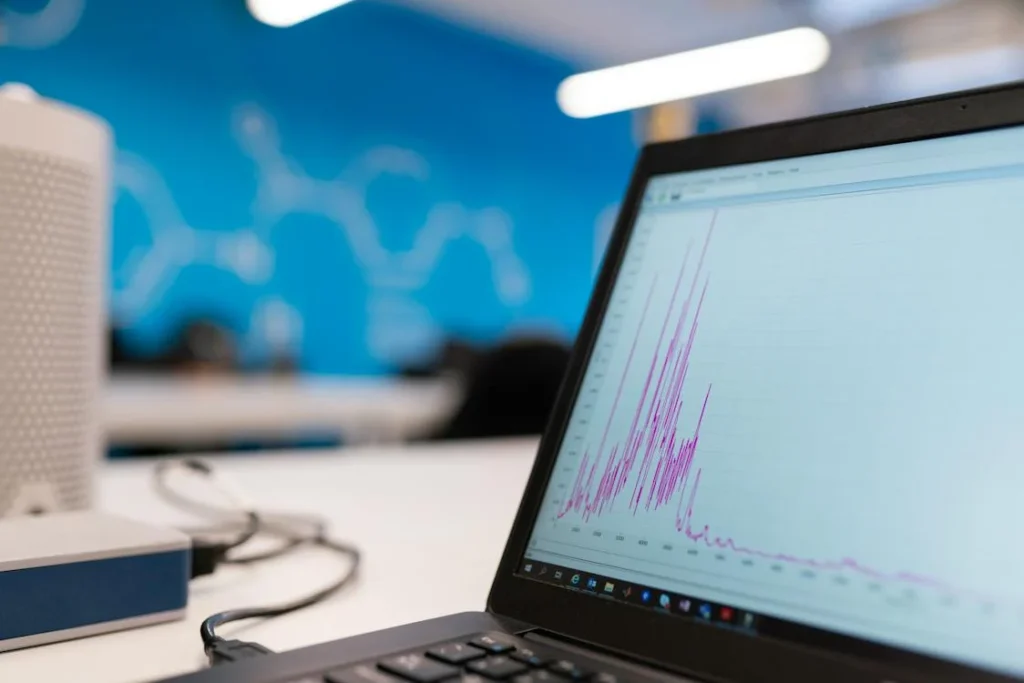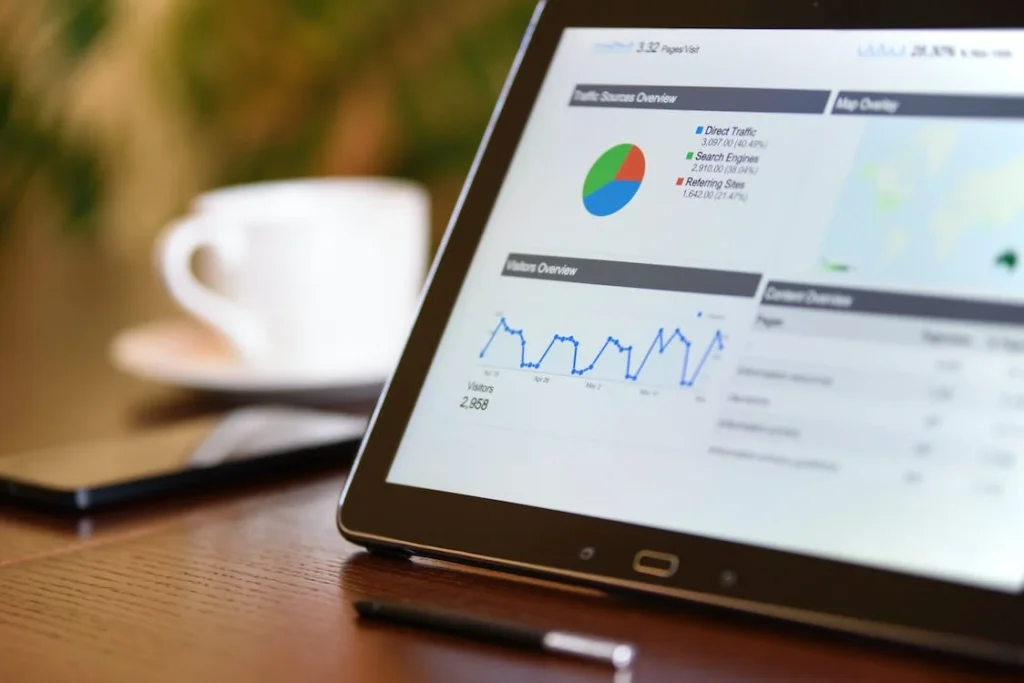In the world of digital marketing, email remains one of the most powerful tools for lead generation. However, sending out emails is just one part of the equation. To effectively generate leads, you need to ensure that your emails not only reach your recipients’ inboxes but also capture their attention. In this comprehensive guide, we will delve into the art of optimizing lead generation emails for higher open rates.
The Importance of Email Open Rates
Before we dive into the strategies for optimizing email open rates, let’s understand why they are crucial:
First Impressions Matter:
- Your email subject line and preview text are often the first things recipients see. A high open rate signifies that your emails are making a positive first impression.
Increased Engagement:
- Emails that are opened are more likely to be read, clicked, and acted upon. Higher open rates lead to increased engagement with your content and offers.
Better Deliverability:
- ISPs (Internet Service Providers) often consider open rates when determining whether your emails are spam or not. Higher open rates can improve your email deliverability.
Lead Generation Success:
- If your emails aren’t opened, your lead generation efforts won’t be effective. Optimizing open rates is the first step in converting leads into customers..
Crafting Irresistible Subject Lines
The subject line is the gateway to your email. It’s the first thing recipients see, and it often determines whether an email is opened or ignored. Let’s dive into the strategies for crafting irresistible subject lines:
Personalization:
- Use the recipient’s name or refer to their specific interests or behaviors. Personalized subject lines can significantly boost open rates.
Clarity and Conciseness:
- Keep your subject lines clear and concise. Recipients should immediately understand what the email is about and why it’s relevant to them.
Urgency and Scarcity:
- Create a sense of urgency or scarcity by using phrases like “limited time offer” or “act now.” This motivates recipients to open your email promptly.
Curiosity and Teasers:
- Tease the content of your email without giving away too much. Make recipients curious about what’s inside, compelling them to open to find out.
Benefit-Oriented Language:
- Highlight the benefits or value that recipients will gain from opening your email. Focus on solving their problems or fulfilling their needs.
Avoid Spammy Tactics:
Steer clear of spammy tactics like using excessive punctuation or all caps. These can trigger spam filters and deter recipients.
Crafting Engaging Preview Text
While the subject line is critical, the preview text is equally important. The preview text provides additional context and can further entice recipients to open your email. Let’s explore strategies for crafting engaging preview text:
Complement the Subject Line:
- Ensure that your preview text complements your subject line and provides additional information or intrigue.
Reiterate the Value:
- Use the preview text to reiterate the value or benefit recipients will gain by opening the email. Make it clear why they should take action.
Keep It Concise:
- Like the subject line, keep the preview text concise and to the point. Avoid wasting this valuable space with unnecessary information.
Use Action-Oriented Language:
- Encourage action by using action-oriented language in the preview text. Phrases like “Discover,” “Get Started,” or “Learn More” can be effective.
Avoid Repetition:
- Ensure that the preview text doesn’t repeat information already conveyed in the subject line. It should add to the recipient’s understanding of the email’s content.
Optimizing Email Content for Opens
Once your subject line and preview text have enticed recipients to open your email, the content itself must live up to the promise and engage the reader. Let’s explore strategies for optimizing email content for higher open rates:
Clear and Relevant Content:
- The content of your email should be clear, relevant, and directly related to what was promised in the subject line and preview text. Don’t create misleading expectations.
Mobile Optimization:
- Ensure that your email is mobile-friendly. Many recipients open emails on mobile devices, and a responsive design ensures a seamless reading experience.
Compelling Headlines:
- Use compelling headlines or subheadings within your email content. Break up text with subheadings to make it more scannable and engaging.
Engaging Visuals:
- Incorporate engaging visuals such as images, infographics, or videos that enhance the message. Visual content can capture and retain the reader’s interest.
Hyperlink Placement:
Place hyperlinks strategically within your content, ensuring they are easy to find and click. Use clear anchor text that conveys the link's purpose.
Personalization Beyond the Subject Line:
- Personalize the email content beyond just the subject line. Address recipients by their name and consider tailoring content to their preferences or behaviors.
Scarcity and Urgency:
- If your email contains offers or promotions, reiterate scarcity or urgency within the content. Remind recipients why they need to take action promptly.
Call to Action (CTA):
- Include a clear and compelling call to action (CTA) within your email content. Make it evident what action you want the recipient to take.
Segmented Content:
- If possible, segment your email list and tailor content to different audience segments. Personalized content can increase engagement.
Social Proof:
- Incorporate social proof within your content. Showcase testimonials, reviews, or endorsements that highlight the value of your offerings.
A/B Testing and Optimization
A/B testing is a powerful tool for optimizing email content. It involves sending two versions of an email to different segments of your audience to determine which one performs better. Here are some elements you can A/B test:
Subject Lines:
- Test different subject lines to see which ones result in higher open rates.
Sender Name:
- Experiment with different sender names to determine which one resonates best with your audience.
Email Copy:
- Test variations of email copy, including the length, tone, and messaging style.
CTA Buttons:
- Try different colors, text, and placements for your call to action (CTA) buttons.
Visuals:
A/B test different images or visuals to see which ones generate more engagement.
The Role of Timing
The timing of your email sends can also impact open rates. Here are some considerations for timing:
Day of the Week:
- Test different days of the week to determine when your audience is most active and responsive.
Time of Day:
- Experiment with different times of the day to find the optimal sending time for your emails.
Time Zones:
- If you have a global audience, consider segmenting your list based on time zones to ensure timely delivery.
Consistency:
- Establish a consistent email schedule so that recipients anticipate and look forward to your messages.
Holiday and Event Calendar:
- Align your email sends with relevant holidays or events that may resonate with your audience.

Related: Check out our free SEO suite

Email List Management and Engagement
Effective email list management is essential for maintaining healthy open rates and engagement.
List Segmentation:
- Segment your email list based on factors such as demographics, behavior, and engagement level. This allows you to send targeted and relevant content to different groups.
Cleanse Inactive Subscribers:
- Periodically review and remove inactive subscribers from your list. Inactive subscribers can negatively impact your email deliverability.
Preference Center:
- Offer subscribers the option to customize their email preferences. This allows them to choose the type and frequency of emails they receive.
Double Opt-In:
- Implement a double opt-in process where subscribers confirm their subscription. This helps ensure that your list consists of engaged and willing recipients.
Engagement Tracking:
Monitor the engagement of your subscribers. Pay attention to open rates, click-through rates, and overall interaction with your emails.
Reengagement Campaigns:
- If you have subscribers who have become disengaged, consider running reengagement campaigns to win them back.
Consistent Value:
- Ensure that your emails consistently provide value to subscribers. Whether it’s informative content, exclusive offers, or updates, give them a reason to stay engaged.
Feedback Loop:
- Create a feedback loop where subscribers can provide input or preferences. Use this feedback to tailor your content and emails.
Monitor and Analyze
Regular monitoring and analysis of your email campaigns are crucial for ongoing improvement. Here’s how you can effectively analyze your email performance:
Email Analytics Tools:
- Utilize email analytics tools to track key metrics such as open rates, click-through rates, conversion rates, and unsubscribe rates.
A/B Testing:
- Continue to A/B test various elements of your emails, as mentioned earlier, to identify what resonates best with your audience.
Segmentation Performance:
- Assess the performance of your email list segments to determine which ones are most engaged and responsive.
Conversion Tracking:
- Track conversions and assess how your emails contribute to lead generation and sales.
Feedback Analysis:
- Analyze feedback received from subscribers, whether it’s through surveys or direct communication.
Benchmarking:
- Benchmark your email performance against industry standards to gain insights into how you stack up.
Conclusion
Optimizing lead generation emails for open rates is a multifaceted process that involves crafting compelling subject lines, engaging preview text, and valuable content. It also requires meticulous list management, A/B testing, and ongoing analysis.
Remember that the email landscape is dynamic, and what works today may need adjustment tomorrow. Stay attuned to changes in email marketing best practices and adapt your strategies accordingly. With dedication and the right approach, you can elevate your email campaigns, maximize open rates, and ultimately drive successful lead generation efforts.
READ NEXT:
- How to Optimize Webinar Timing for Maximum Attendance
- Twitter and Its SEO Implications for Financial Brands
- Let’s Discuss How We Can Help Improve Your Business
- Local SEO Vs. National SEO in Healthcare: What’s Best for You?
- Insurance SEO: Best Practices and Strategies






















Comments are closed.